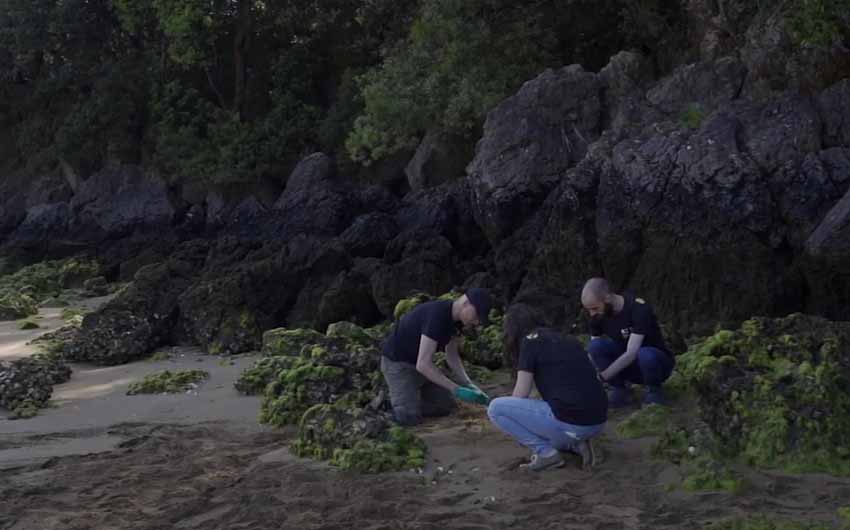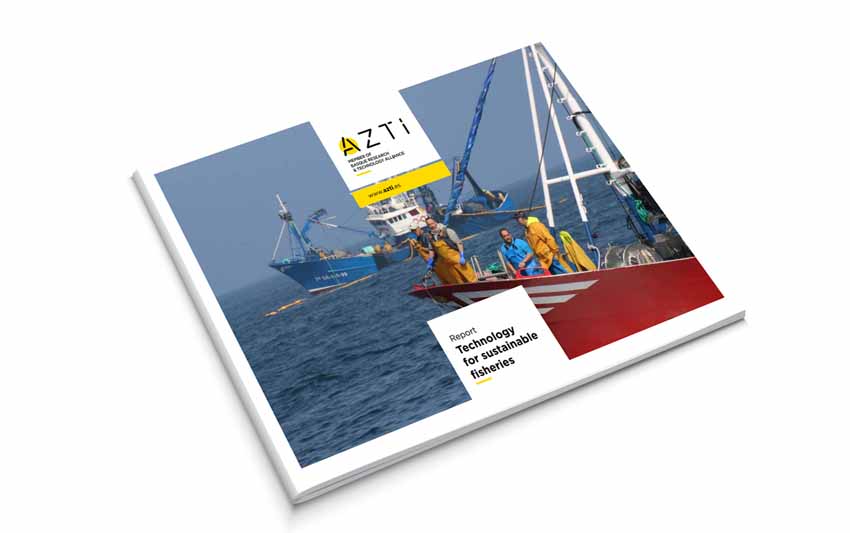Marine sediment analysis: key to marine ecosystem management
Últimas noticias
Una mirada LGTBIQ+ al reino animal
Circular Economy in Action: Valorisation of By-products through Projects like PRIMA NEWFEED
Strategic Perspectives: Highlights from the Food4Future World Summit for Business Leaders
ANDERS LANZÉN, ION ABAD, LEIRE GARATE marine ecosystem functioning researchers
Environmental monitoring is essential to understand the consequences of the impacts that people exert on the coast, impacts such as eutrophication, industrial pollution and hydrological alteration. Monitoring allows us to measure the level of pollutants and the biodiversity that is affected and doing so in the most efficient way is key to good ecosystem management. In this context, marine sediments play a very important role.
Marine sediments host important activities such as the recycling of nutrients from the water column. On the other hand, the micro-organisms found in these sediments are the basis of food webs and also produce compounds needed by other organisms, making them a key element in the functioning of marine ecosystems.
Despite their great importance, due to their small size and the high complexity involved in their study, microbial communities have so far been overlooked in most environmental monitoring activities. However, advances in techniques such as environmental DNA (eDNA) and co-occurrence network analysis are gaining momentum, as they solve some of the problems of classical methods, such as having to rely on the expertise of qualified taxonomists, which makes it difficult to scale up monitoring programmes and to make comparisons between regions or studies.
Índice de contenidos
Environmental DNA (eDNA)
It is a micro-organism-based molecular monitoring technique that helps to improve understanding of local conditions in marine environments. Studying marine sediments in this way also provides results in a faster (approximately one month, compared to one year for traditional morphology-based surveys) and more cost-effective way. This allows for greater spatial and temporal resolution in monitoring, and provides early warnings for improved management of environmental resources.
Co-occurrence network analysis
This analysis offers a method to interpret the data from the context of biological interactions, in order to use this knowledge to develop new molecular indicators, to quantify key species for the maintenance of the interaction network and thus the functioning of the ecosystem.
With these results we can understand how these ecosystems function, identify the species most vulnerable to alterations or identify the species that may play a key role because their disappearance would affect the entire community. This is very important because we will be able to identify bio-indicators, i.e. the marine sediment species that measure the health of the ecosystem. In this way, we will be able to improve the accuracy and efficiency of biomonitoring and do it with better coverage and frequency.
In this video you can see the work of the IndiRed project team, where they are looking for bioindicators of impact in the monitoring of marine ecosystems based on the analysis of marine sediments.








